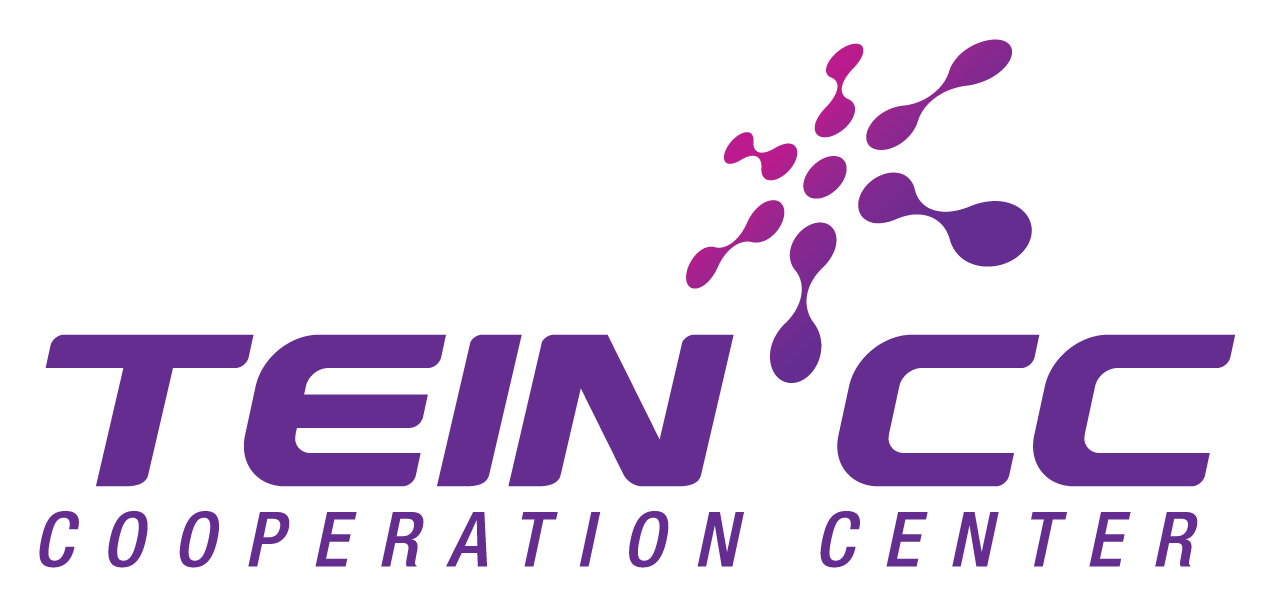Project Overview
The SEA-HAZEMON@TEIN project addressed the growing issue of transboundary haze and air pollution in Southeast Asia, particularly from forest fires and agricultural crop burning. By deploying low-cost IoT-based Canarin air quality sensors integrated with Information-Centric Networking (ICN) and fog computing, the project created an innovative environmental monitoring system across multiple ASEAN countries.
🌫️ Critical Environmental Challenge
Transboundary haze pollution from forest fires and crop burning poses serious health risks across Southeast Asia, requiring real-time monitoring and early warning systems for community protection.
🗺️ Multi-Country Deployment
Advanced Technology Stack
Information-Centric Networking
ActiveNDN platform enabling real-time, recursive in-network data processing on low-power devices
Fog Computing Architecture
Hybrid cloud-fog platform integrating LoRaWAN, WiFi, and edge data processing for remote areas
IoT Sensor Networks
Canarin air quality sensors for PM2.5 and CO monitoring with field validation and calibration
Real-Time Analytics
Grafana-based visualization with offline dashboards and local storage capabilities
Community Alerts
Localized warning systems distinguishing crop burning from forest fire sources
Data Validation
ANOVA and Z-score testing for sensor reliability and batch quality grading
🔬 Canarin Sensor Specifications
Validated sensor performance with rigorous testing protocols:
Deployment Timeline & Activities
Air Quality IoT Workshops (I & II)
Hands-on training on IoT and ICN technologies, platform setup, and Canarin device management for partner institutions.
Site Selection & Network Design
Deployment planning across 4 countries with Thailand leading 21 sensor nodes in Chiang Rai province.
ActiveNDN Platform Development
Created Information-Centric Networking platform for in-network processing and real-time analytics capabilities.
Sensor Deployment & Testing
Over 180 Canarin sensors tested and deployed in Thailand, Philippines, and Bangkok with community training.
Data Analytics & Calibration
Reliability and validity testing using ANOVA and Z-scores to grade sensor batches for deployment standards.
Dashboard Development
Offline dashboard implementation with local storage and Grafana-based visualization for remote access.
🦠 COVID-19 Adaptation
Despite pandemic delays affecting hardware shipment and cross-border deployment, the team successfully achieved key milestones in platform development and partial site deployment through innovative remote collaboration.
Key Achievements & Innovation
🚀 Technical Breakthroughs
- ActiveNDN Platform: Revolutionary ICN system enabling real-time, recursive in-network data processing
- Hybrid Cloud-Fog Model: Addressed connectivity gaps in remote areas with localized dashboards
- Sensor Validation: 83 PM2.5 and 109 CO sensors met strict deployment standards
- Offline Capabilities: Grafana + InfluxDB dashboards function during internet outages
🌍 Community Impact
Local Empowerment: Community groups in Chiang Rai trained to maintain sensor nodes independently, ensuring sustainable local management.
Real-time Monitoring: System delivers immediate air quality data, localized alerts, and distinguishes between crop burning and forest fire sources.
🔬 Research Innovation
The project exemplifies how future internet technologies (ICN, fog computing, IoT) can serve public health and disaster mitigation across transboundary environmental challenges.
International Partnership Network
Led by Thailand Research and Education Network (ThaiREN) with extensive academic and research collaboration:
ThaiREN
Thailand Research and Education Network
Lead Organization
AIT
Asian Institute of Technology
Technical Lead
Mahidol University
Thailand
Silpakorn University
Thailand
Kasetsart University
Thailand
ITB
Institute of Technology
Bandung, Indonesia
NUOL
National University
of Laos
UPLB
University of the Philippines
Los Baños
Sorbonne University
France
IT University
Copenhagen, Denmark
ICTP
Italy
Challenges & Future Directions
⚠️ Implementation Challenges
- COVID-19 Disruptions: Pandemic lockdowns delayed hardware shipment and prevented cross-border deployment
- Frequency Limitations: Philippines faced LoRa restrictions requiring WiFi and 3G adaptations
- Deployment Delays: Travel and procurement constraints slowed progress in Laos and Indonesia
- Connectivity Issues: Remote area deployments required innovative offline solutions
🚀 Future Development Plans
Complete Regional Deployment: Scale deployments to all 4 countries with remaining Canarin sensors.
Predictive Analytics: Integrate machine learning models using ICN data streams to forecast haze events.
Multilingual Interface: Expand user interface localization with SMS alerts and local language support.
ASEAN Integration: Collaborate with ASEAN Haze Monitoring System for regional data sharing.
Research Expansion: Strengthen TEIN-wide ICN expertise through AIT-led internship programs.
Sustainable Development Goals
This environmental monitoring project addresses critical health and climate challenges across Southeast Asia:


